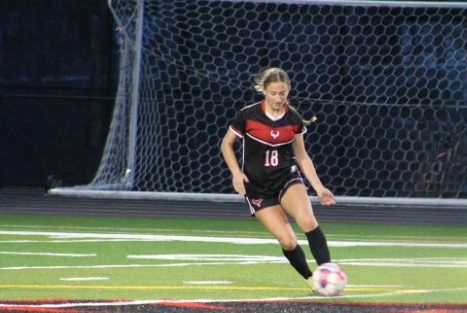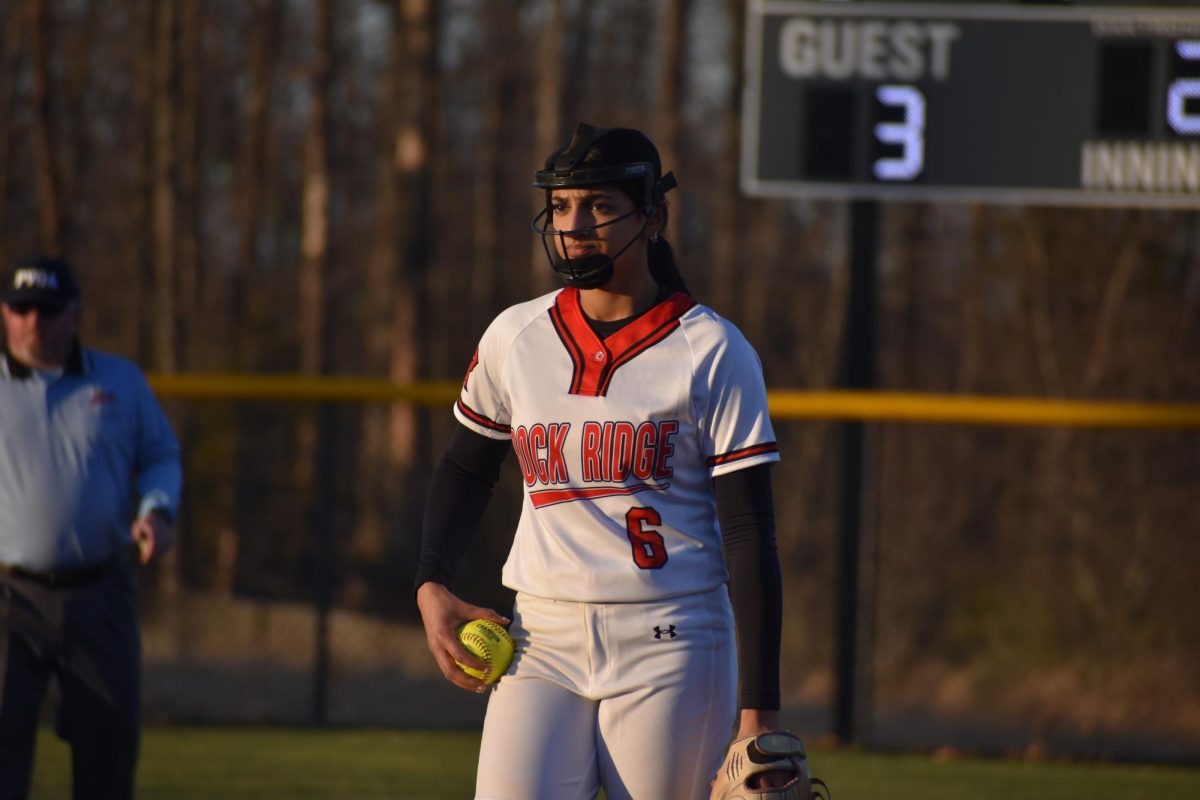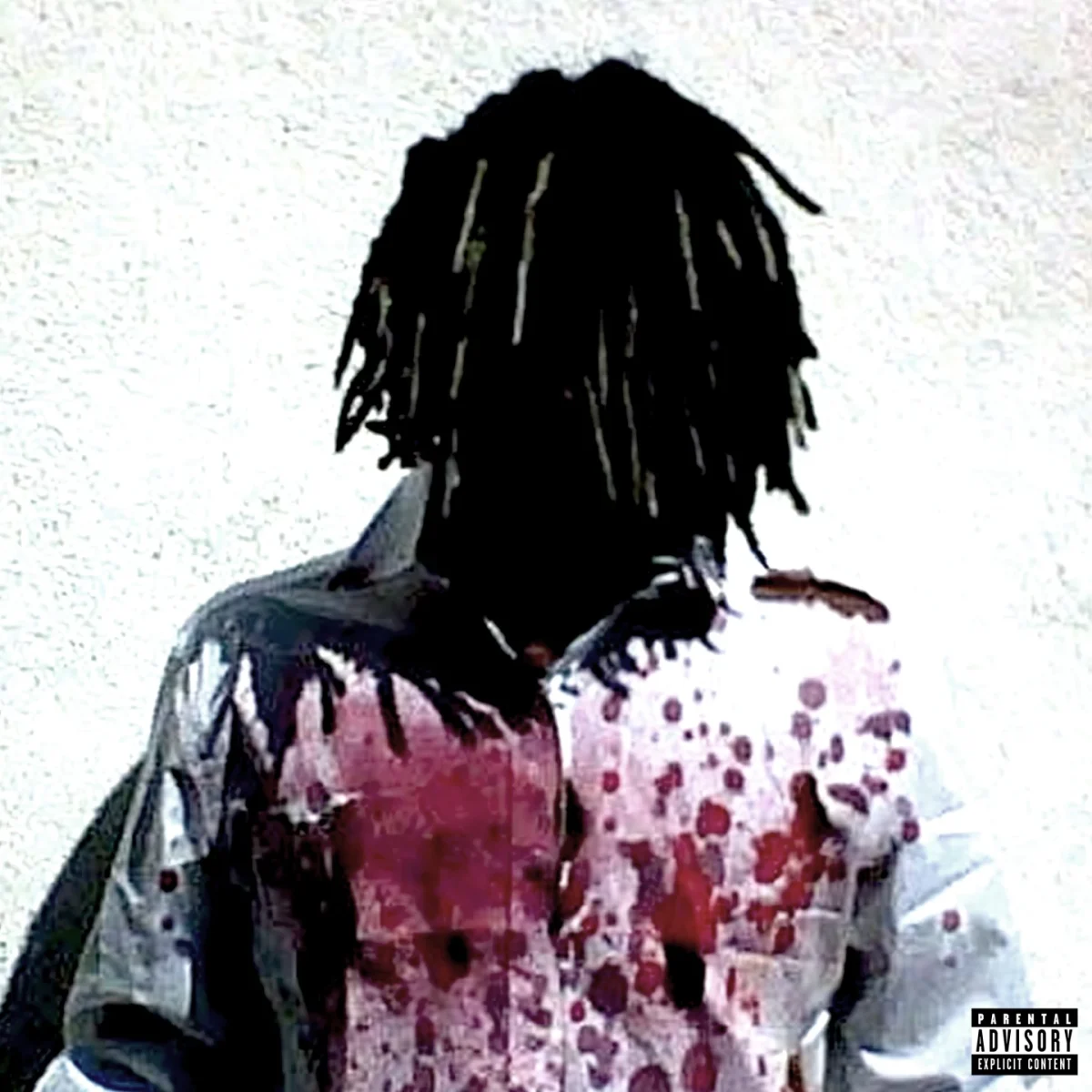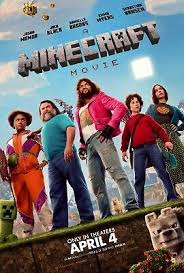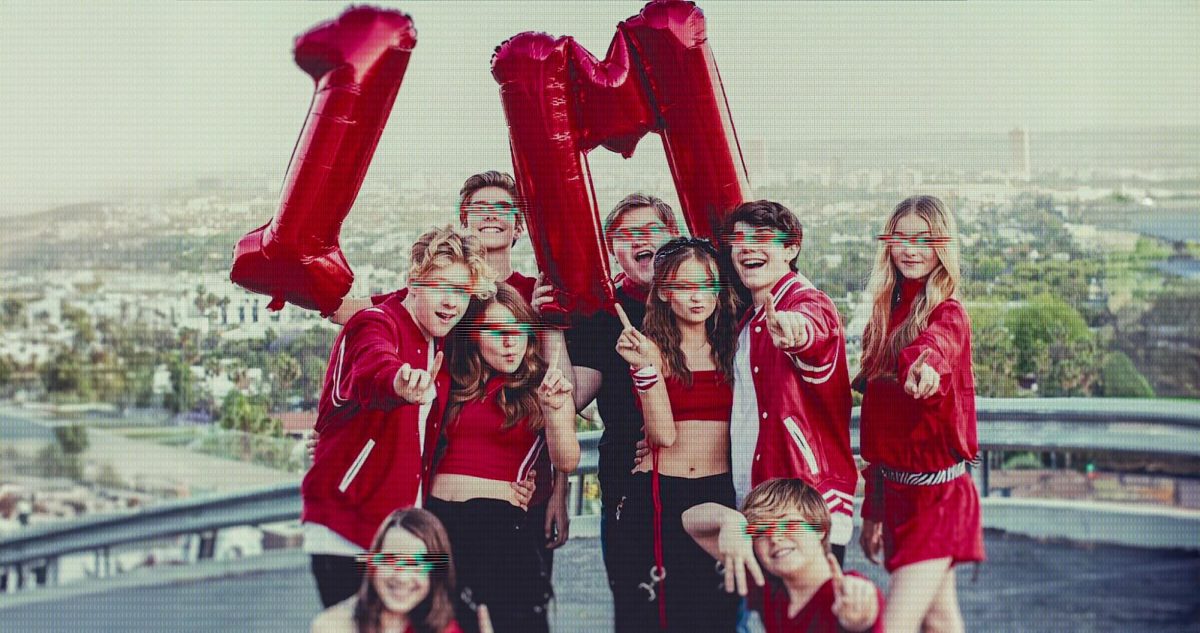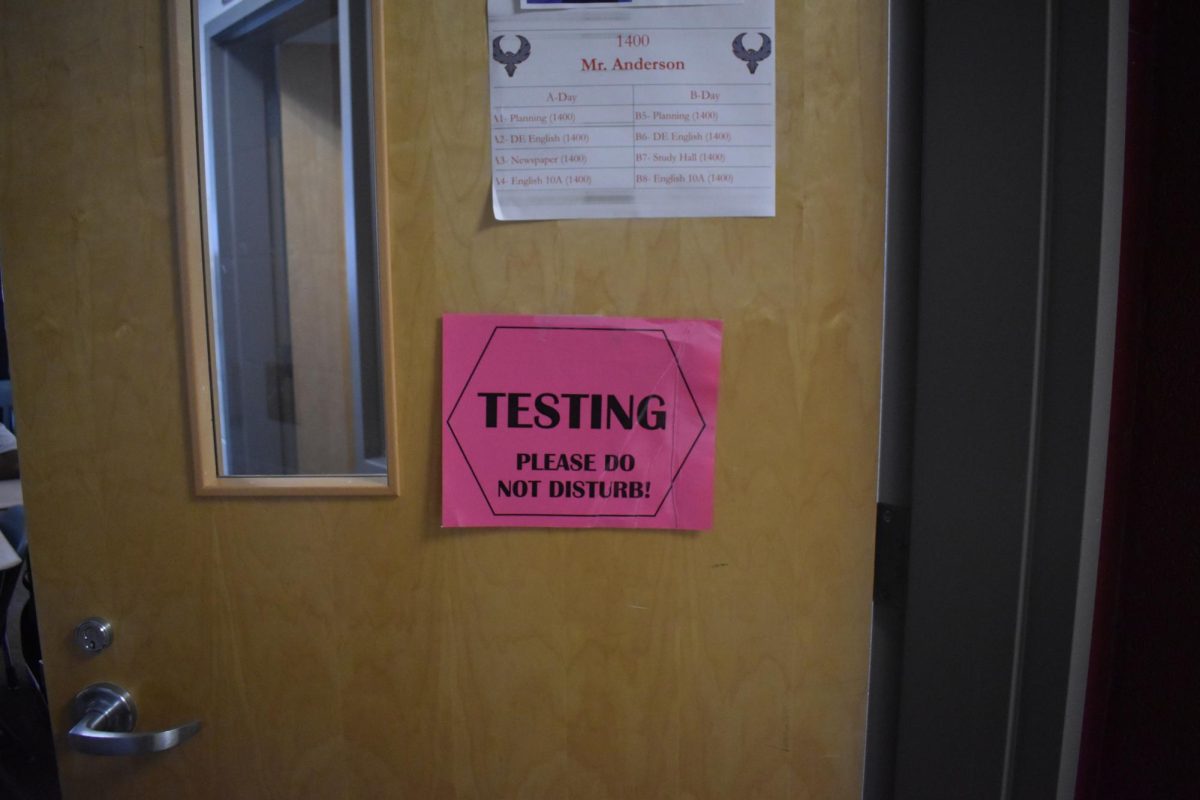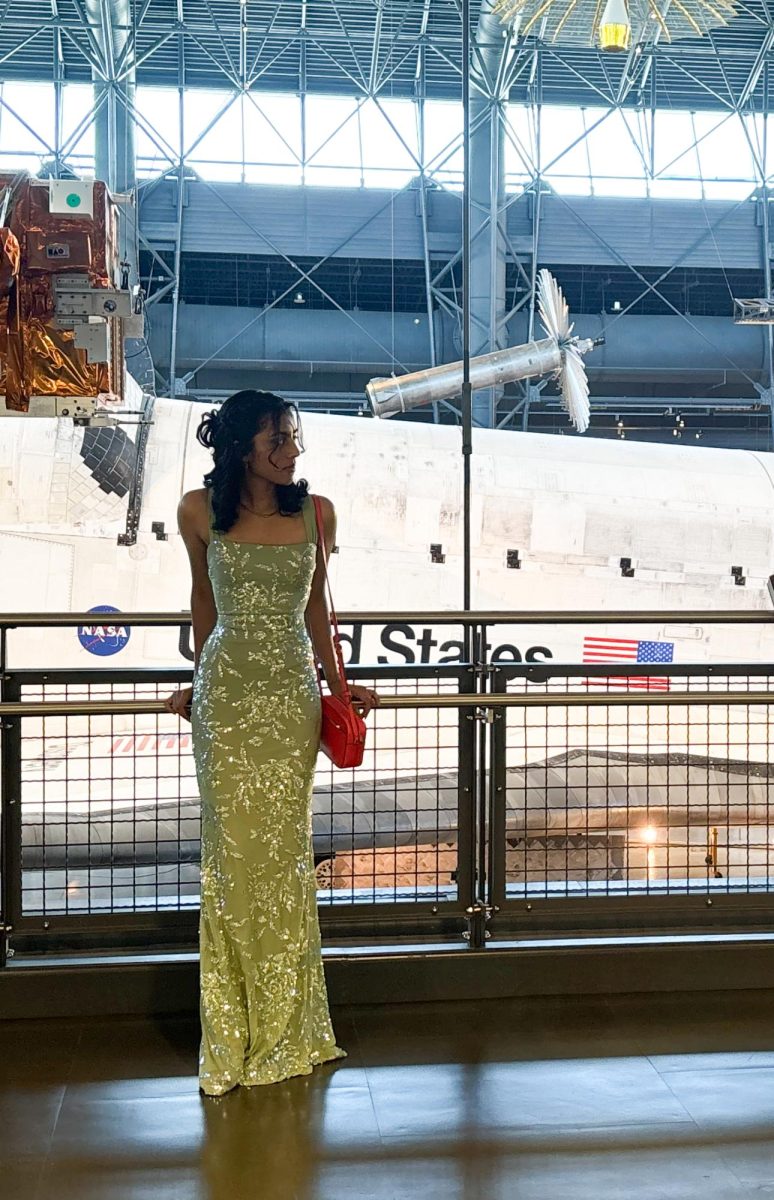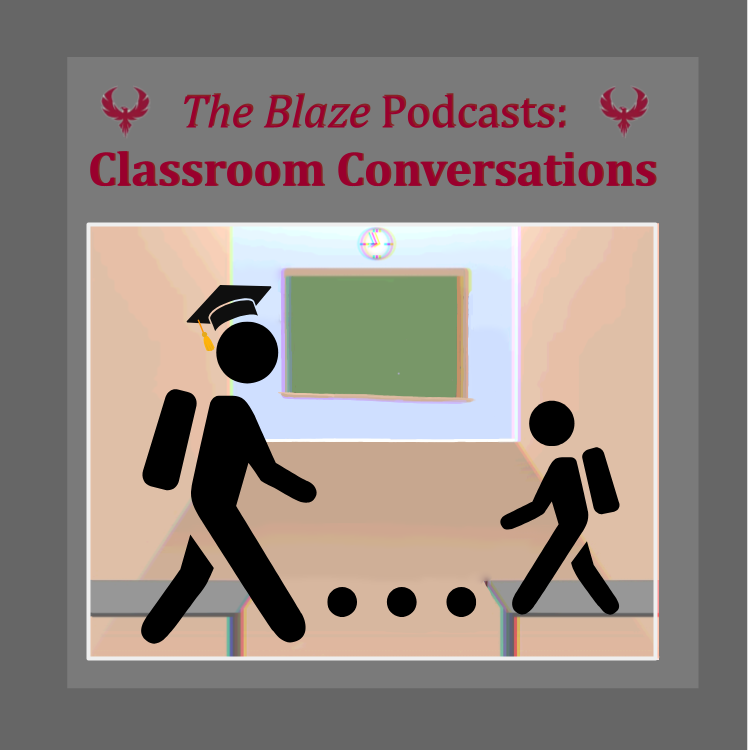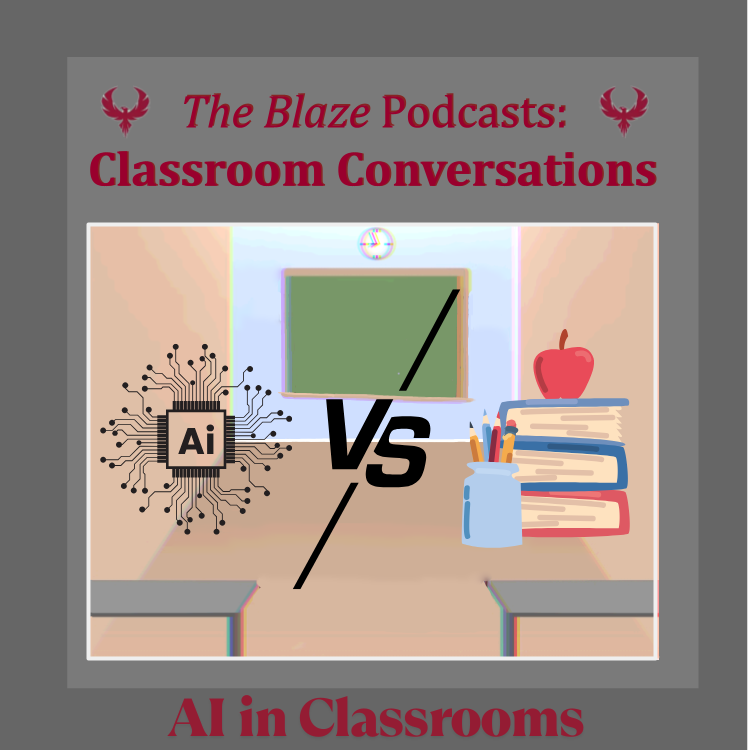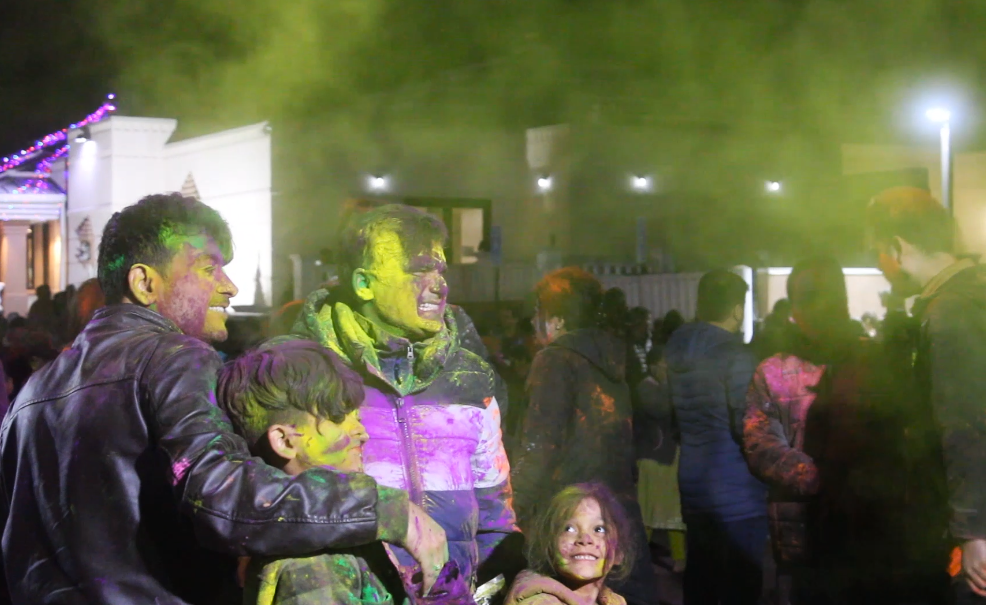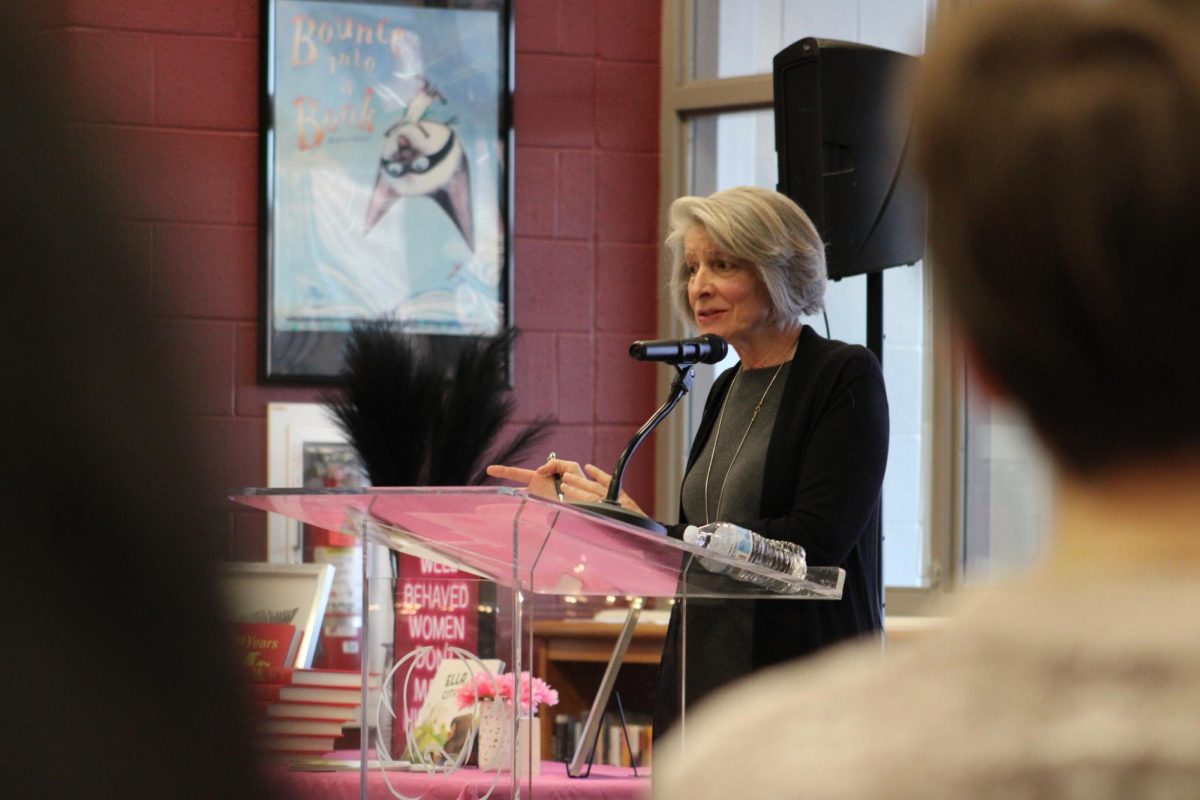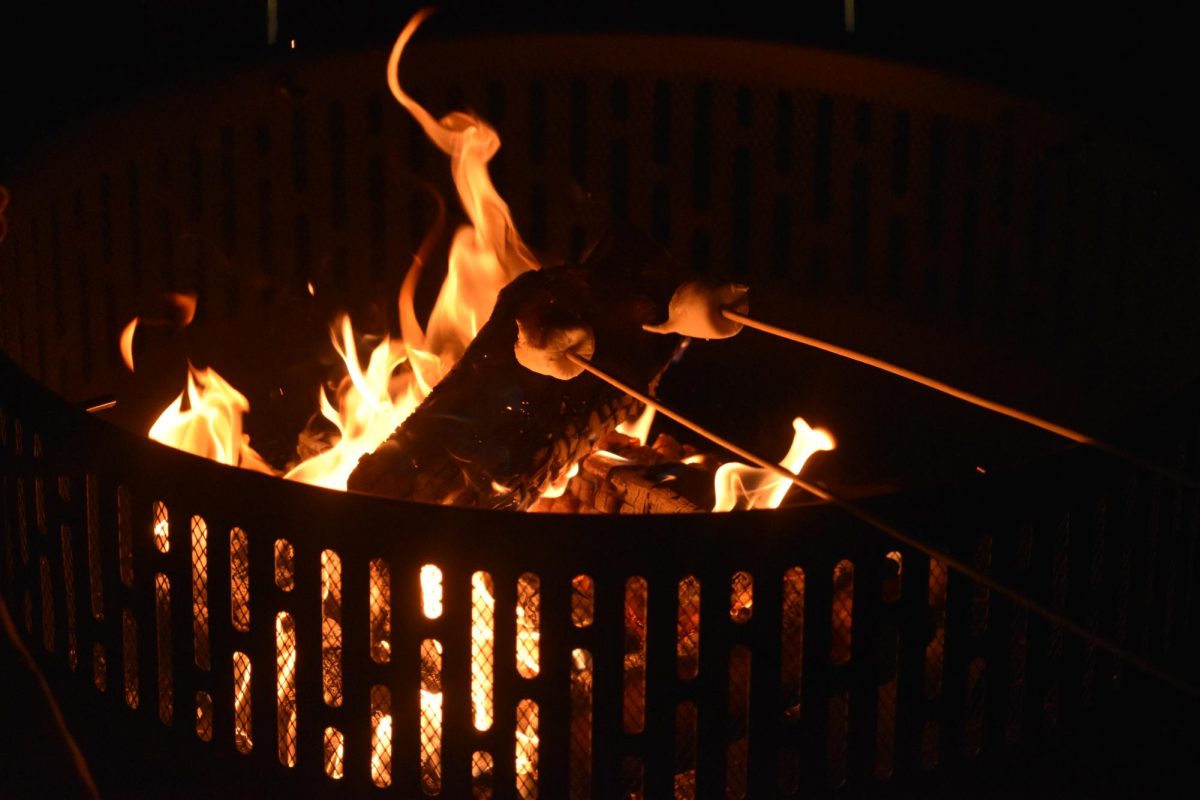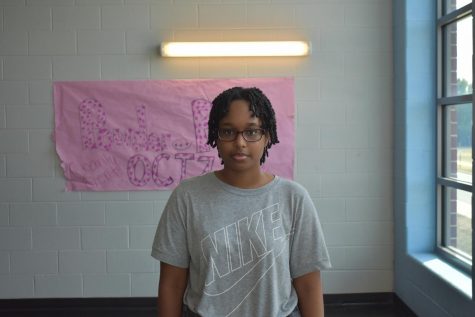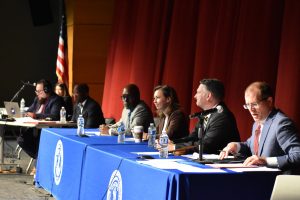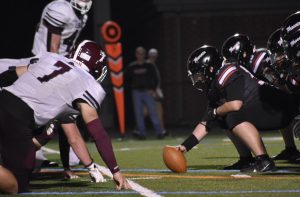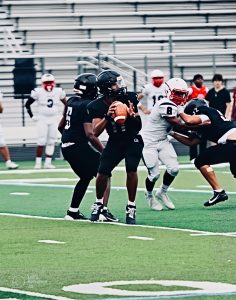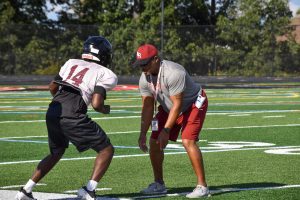Making Magic Behind the Scenes
The early November theatre production may have had you believe that Peter Pan gets his magic from Tinker Bell, but it’s actually the creative choices and the work that the Drama Club puts into the play that brings Peter’s magic to life.
October 30, 2019
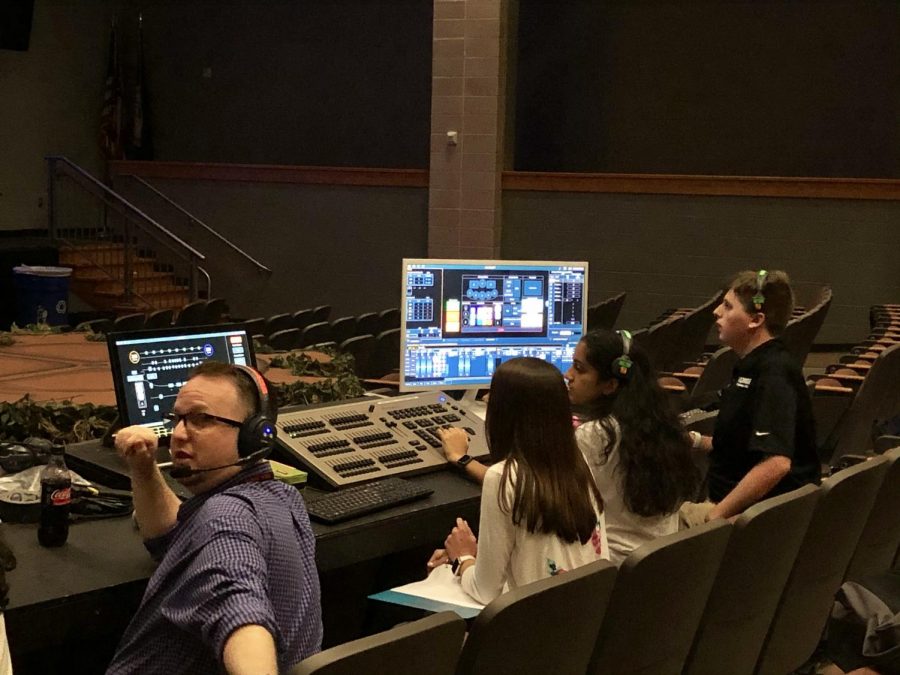
Mr. Cimino-Johnson works with tech crew during the afterschool Dry Tech on October 22.
The story of “Peter Pan” follows the adventures of a flying boy in green. While the actors speak to sing and move to dance and pose, the tech crew uses lights and shrouded movement behind the scenes to create the illusion of Neverland and facade of the magic the audience has come to see. But there is also another part of “magic” that turns the theater into a fantastical experience.
Behind the scenes there are those whose jobs are already done and will have the pleasure of being with the crowd as the show goes on or witness the real magic going on to make this all happen. These are the tech crew and designers.
One of the many aspects that tech and designers are responsible for is sound. Sound can include a variation of audio types, including music. The Greek philosopher Plato said “music gives a soul to the universe, wings to the mind, flight to the imagination and life to everything,” and the tech crew works to create such a universe for the show. But not everything is about music; even musicals need a variety of other sounds.
Technical minds work under the director’s instruction in order to execute their vision. Bailey Heinzelman, a junior at Rock Ridge, is mostly in charge of sound design, which happens before live performances. During the actual shows, she has the power to control the audio and thus what the audience hears. Usually she just does what she practices, but sometimes she has to improvise in order to keep the play moving. Fixing a mistake without the audience knowing is something to be proud of, but the actual outcome is thankless. ̈ ̈If it goes wrong, everyone notices,” Heizelman said, “but if it goes right, no one notices it.”
Even though the audience ́s recognition rarely comes with the job, designers still find ways to find satisfaction. ̈I look forward to seeing different artistic choices actors make,” Heizelman said.
Other designers have similar opportunities to experience the show during work. ¨I look forward to seeing smiles on people’s faces when they see all the designs and everything, ̈ said freshman Emaline Hughstun, front of house manager of the Drama Club. Unlike Heizelman, Hughstun is not in the theater when the show goes on. She’s located in front of the entrance and is in charge of concessions, tickets, and merchandise — a busy job for a busy person.
Before the show, Hughstun is in charge of setting up her display. When entering the front doors, audience members are greeted by her beautiful display. In addition to the visuals, there are lighting and sounds that she will be in charge of that will help create both a magical atmosphere and an expectation of what the play will look like. ¨I think that it’s cool,” Hughstun said. “As you walk in [you] see the show, even when you aren’t even watching the show.”
These types of touches add to the overall experience and it goes to show that designer, tech, and actors all have roles to play. While these roles need different capabilities to work correctly, they work well together by allowing different types of people to come together and be part of a team.
To junior Isabelle Duffner, the Drama club is like “being with classmates as if you’re a family.” Duffner was an actor in her freshman and sophomore year of high school. After doing performances like “Mary Poppins,” “Shrek,” and “26 Pebbles in Scotland,” she changed to working with tech. “In general I think it really helps with—even if you aren’t going into performing arts—getting a job and learning to be social,” Duffner said. Her experience with tech and having previously been an actor was an interesting one. “You start to realize how much more work you’re putting into things… Without tech we wouldn’t have all the scenery and all this beauty behind everything,” she said.
All of these people are behind the scenes use this opportunity to experience the performing arts from a less familiar angle. People often think of actors when thinking of theater and drama, but the designers and tech have perspectives that could change the way we look at the performing arts and make the audience more appreciative of the the actual magic going on behind the scenes.

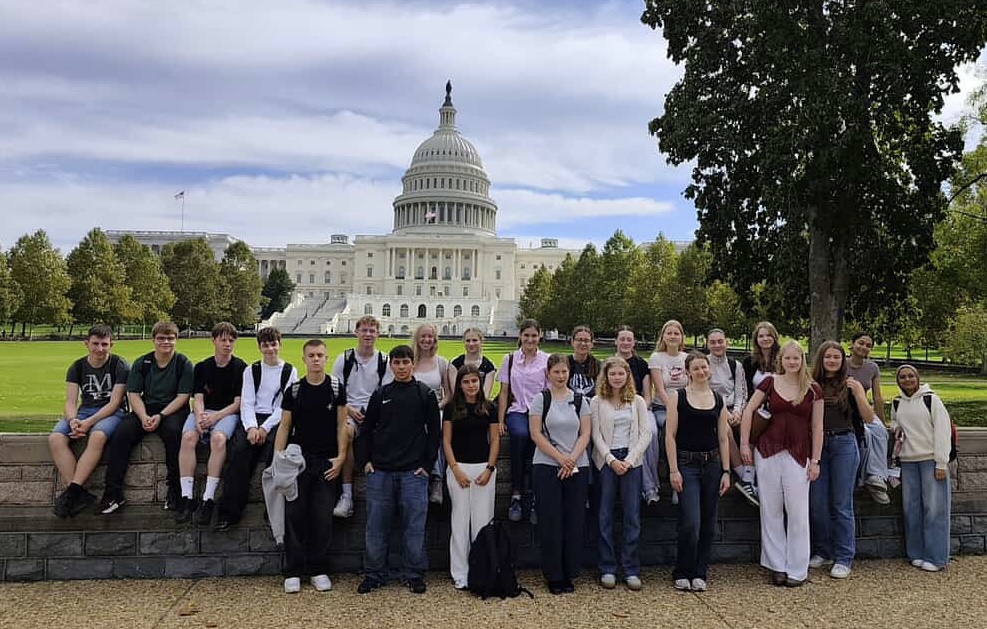
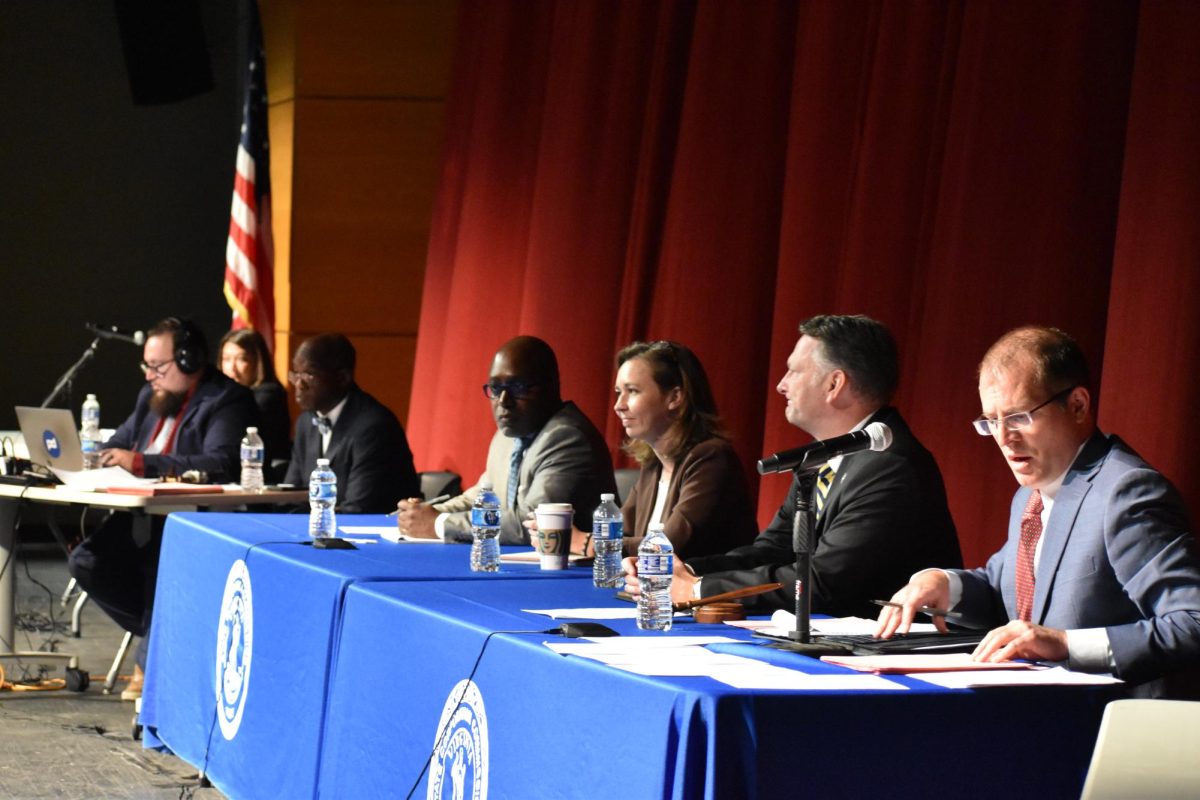
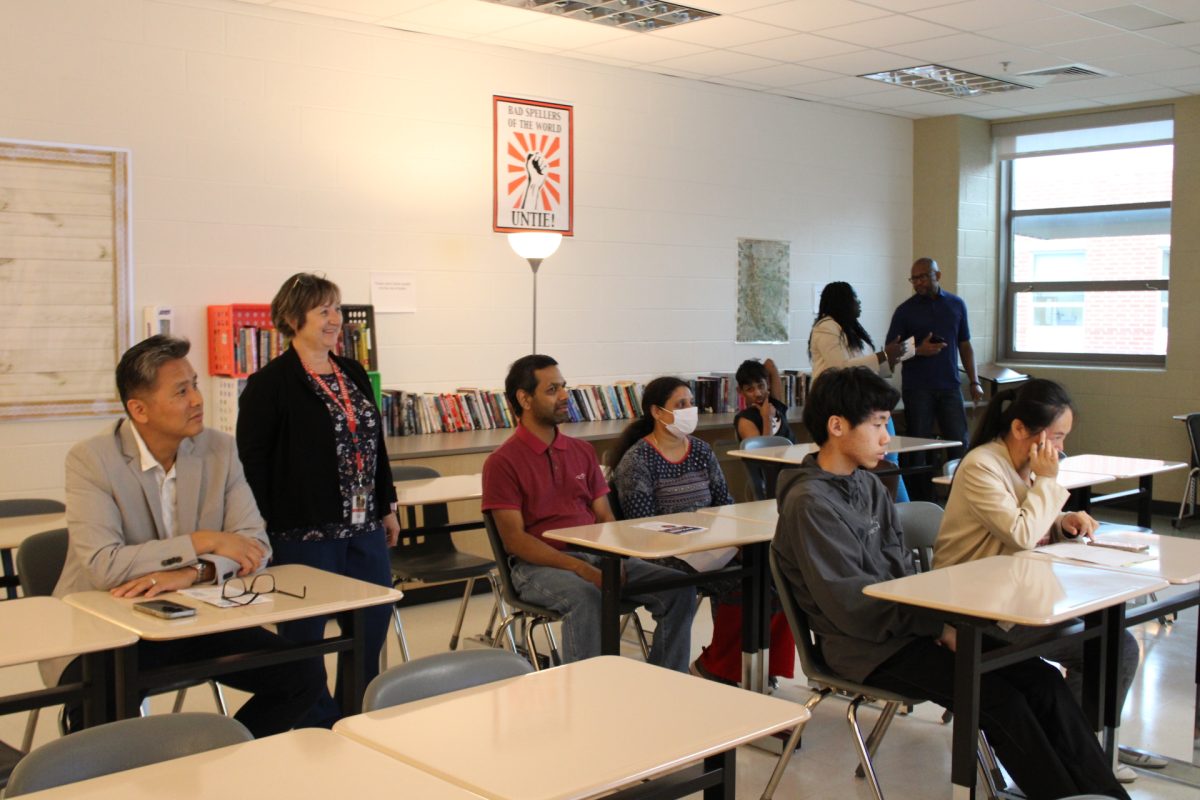
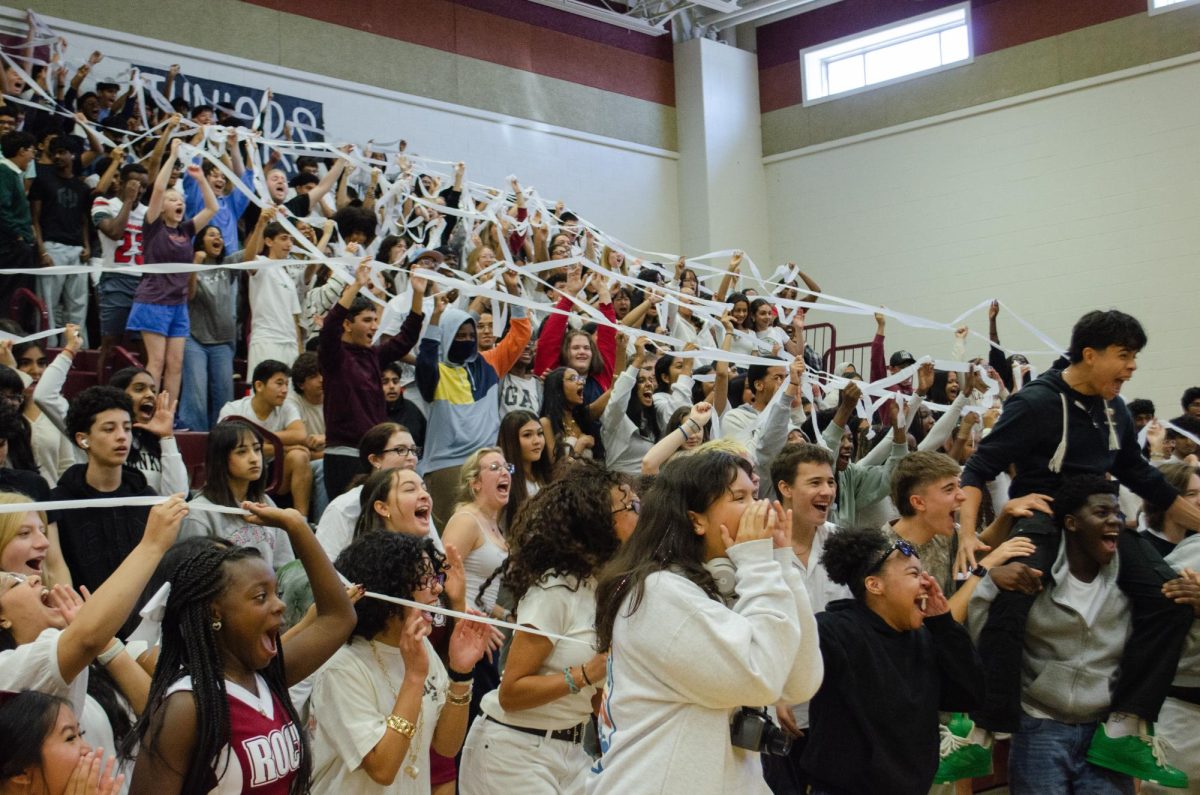
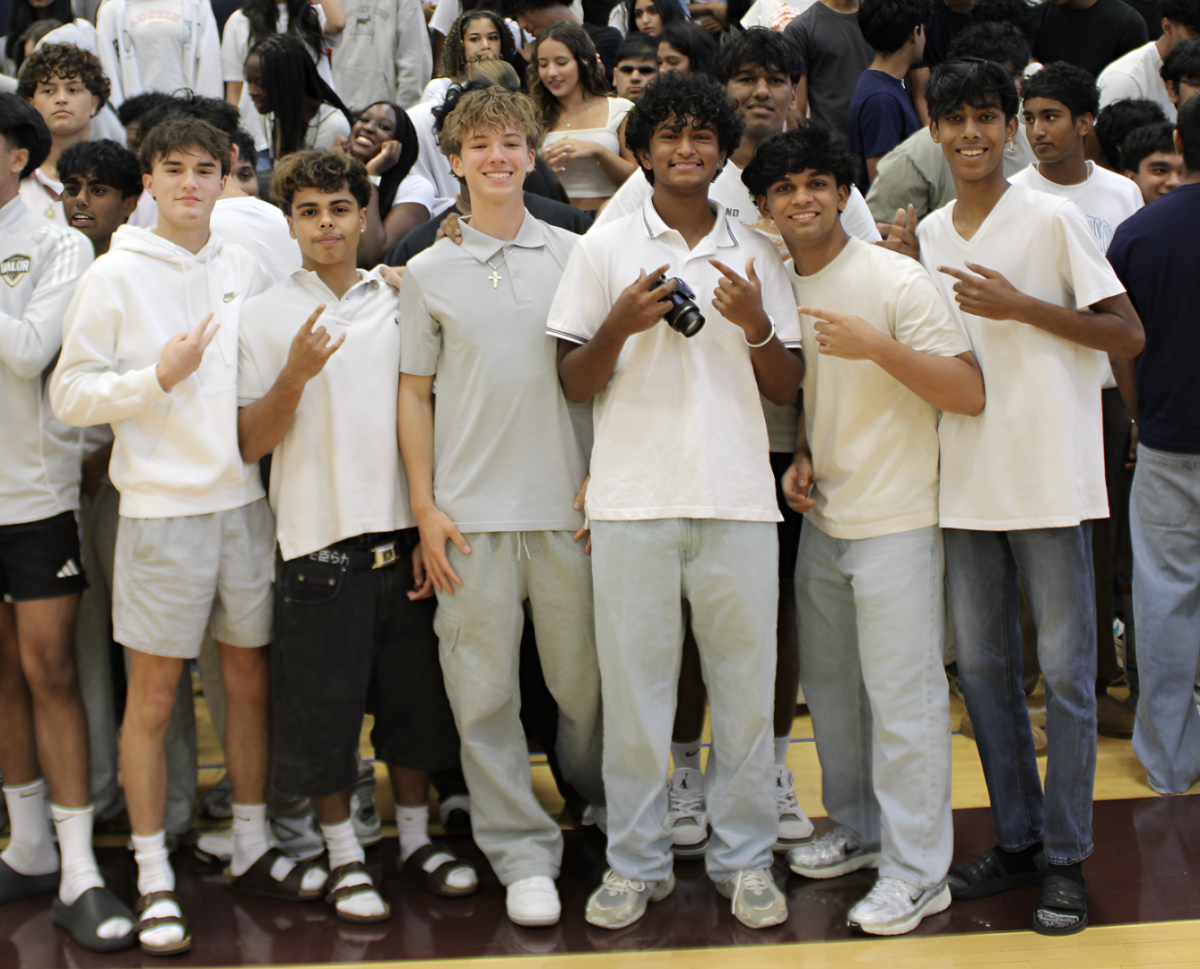


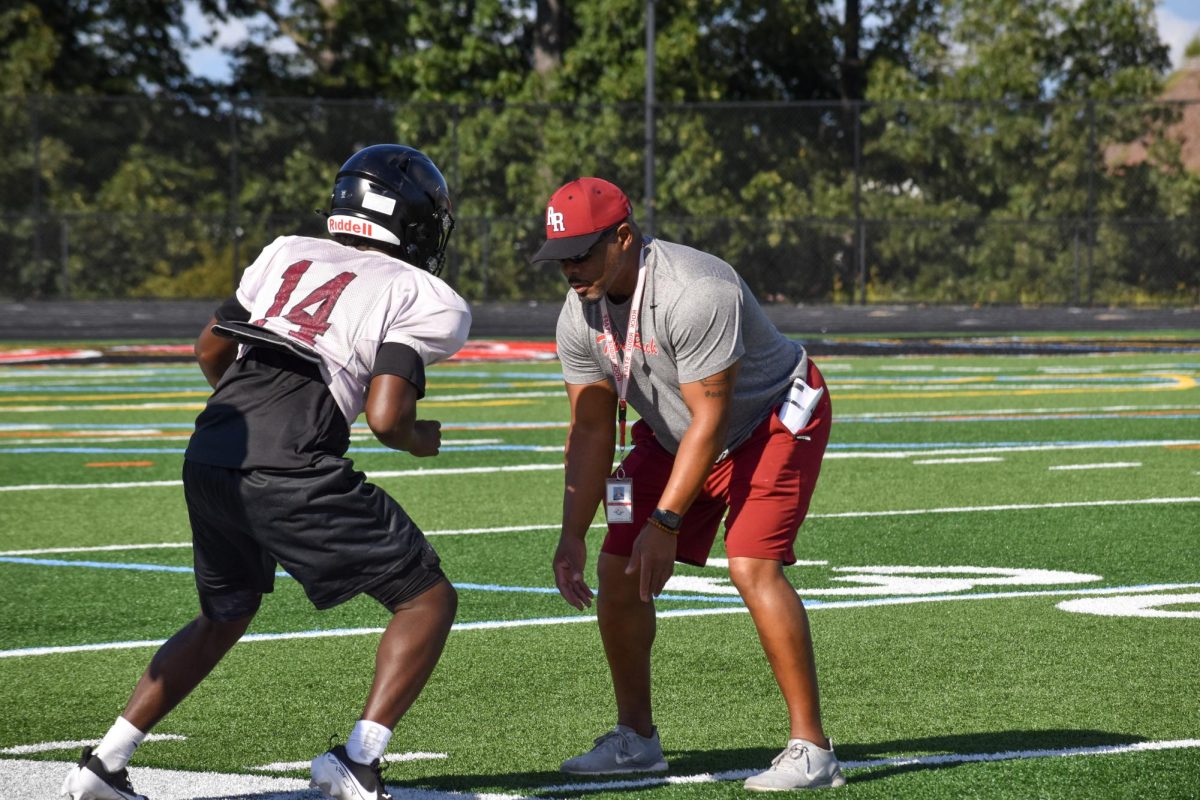





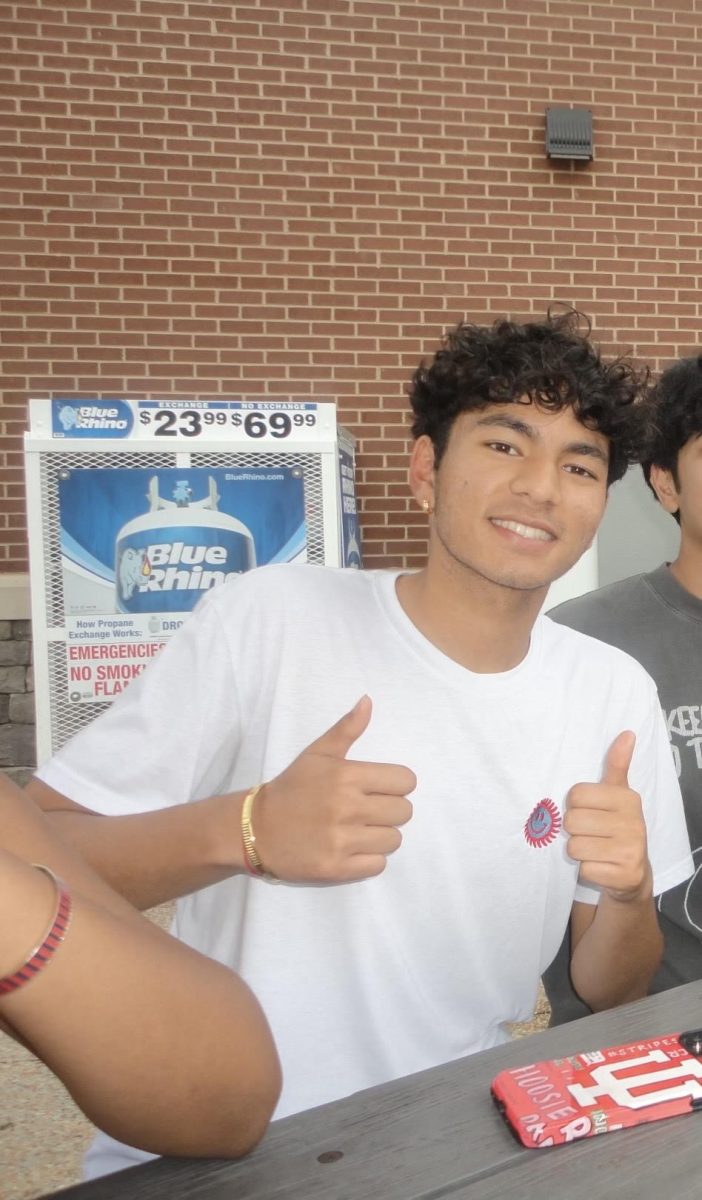
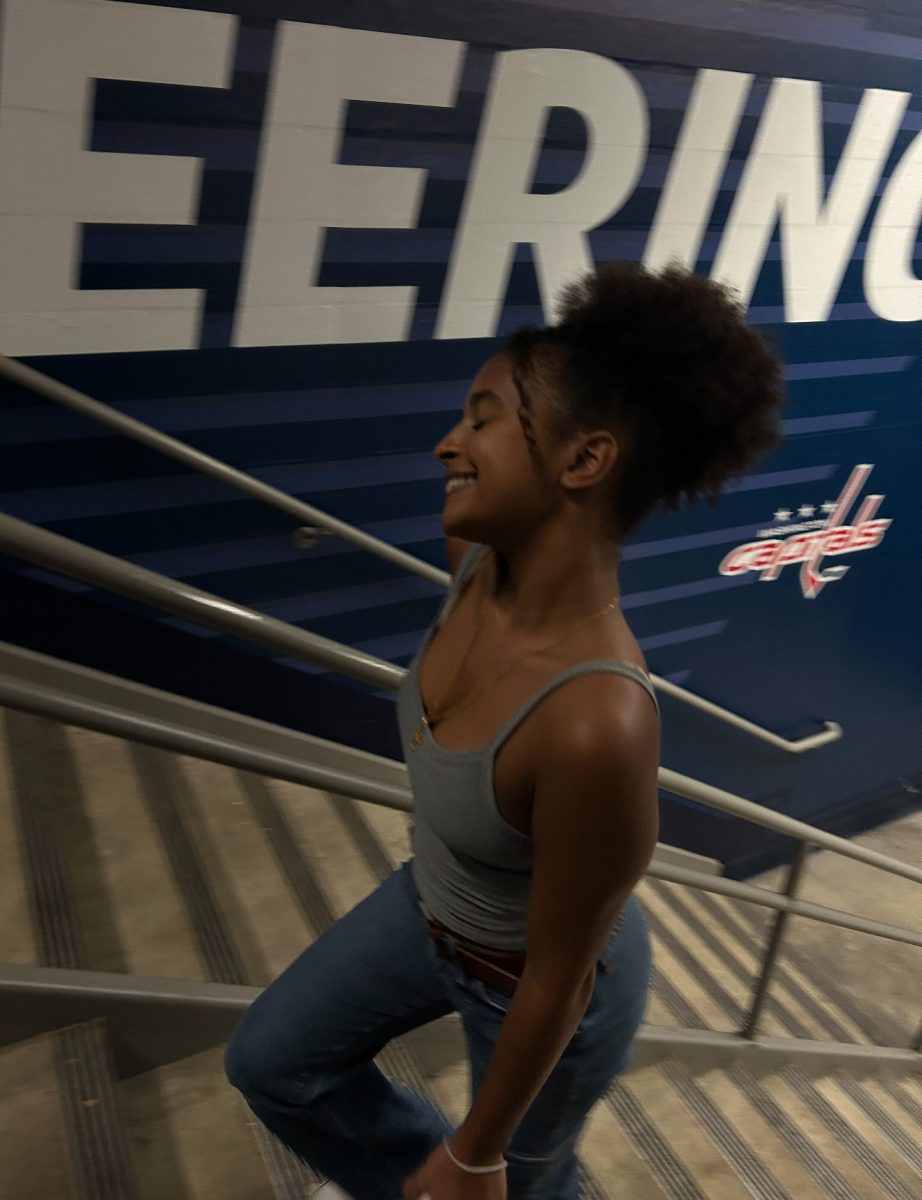
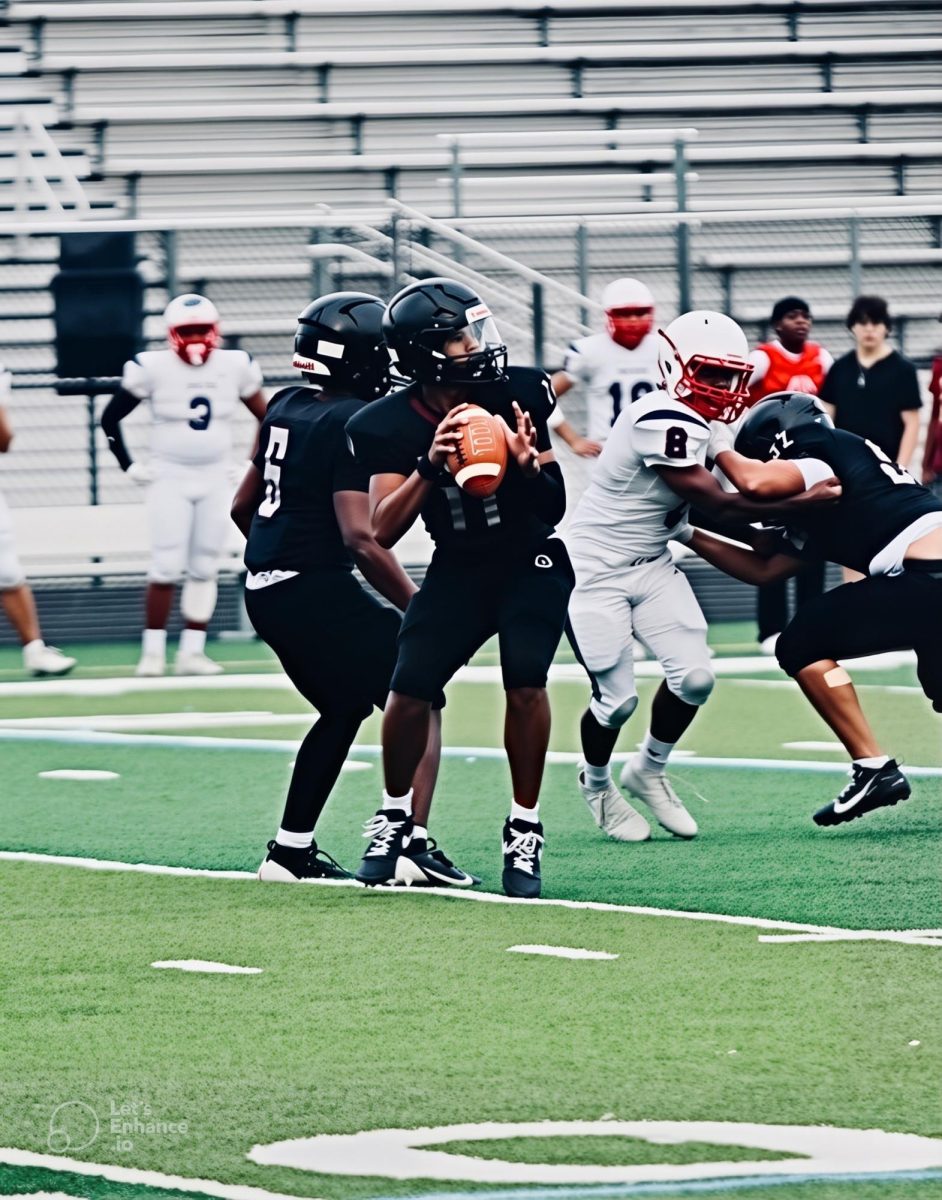
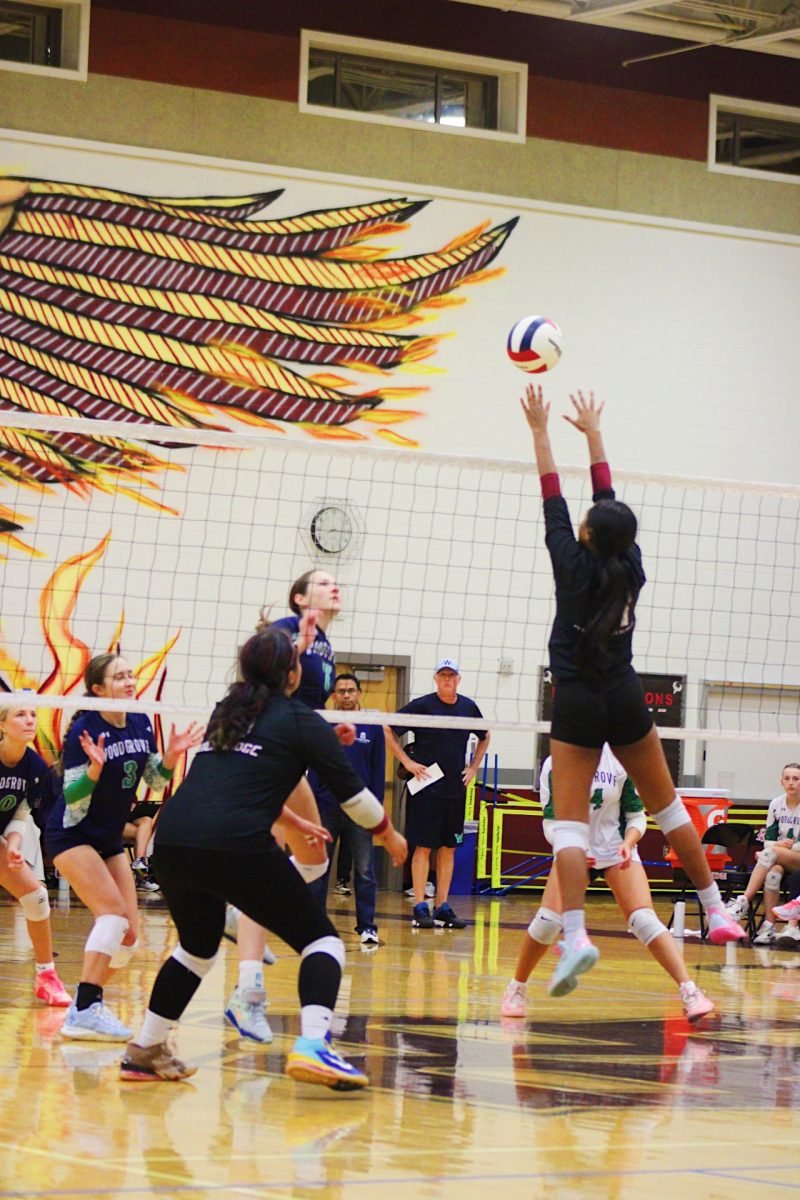
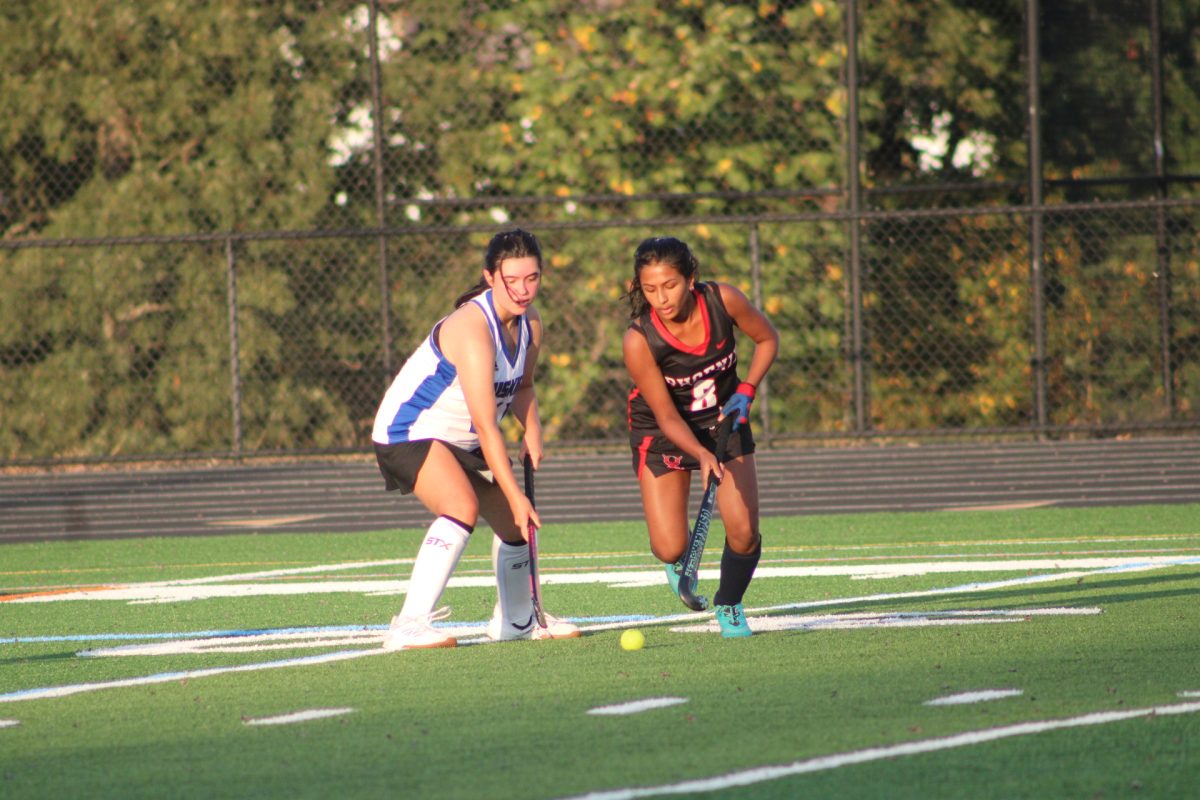
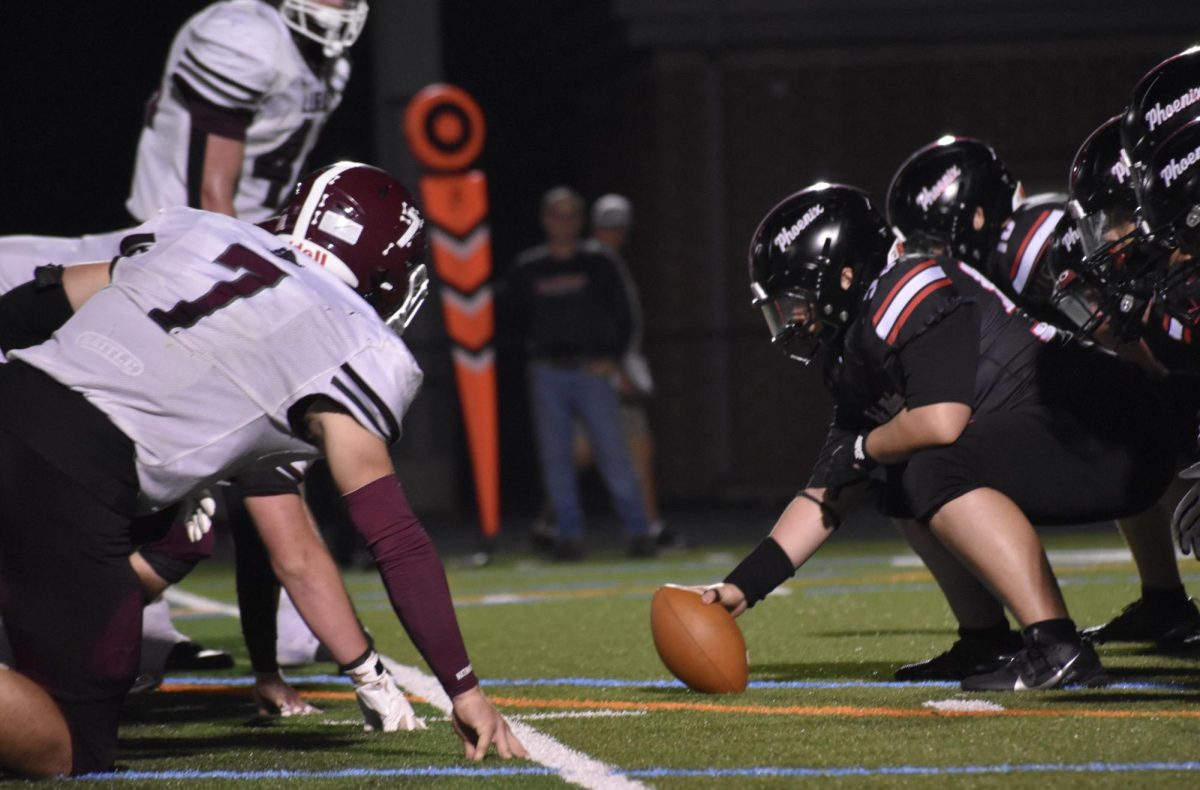


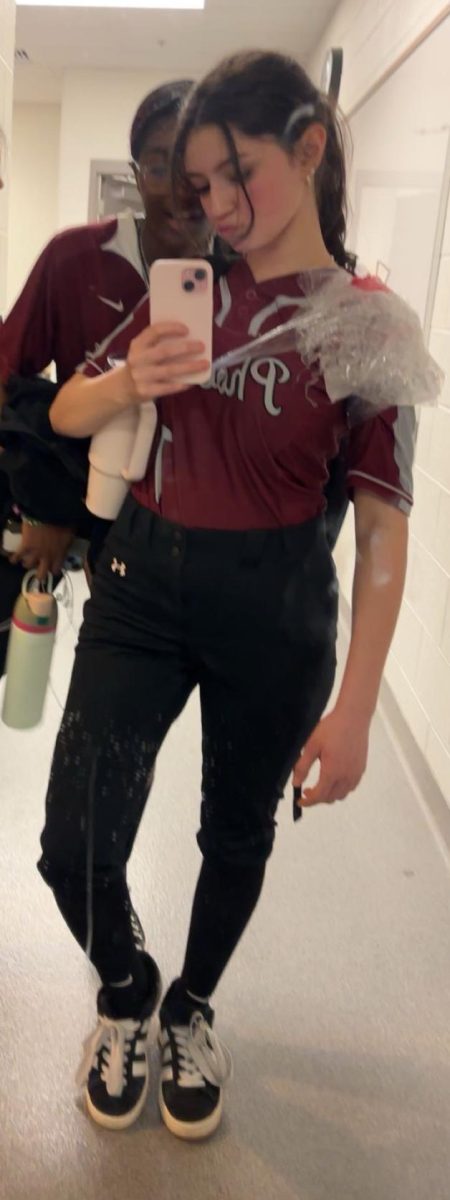
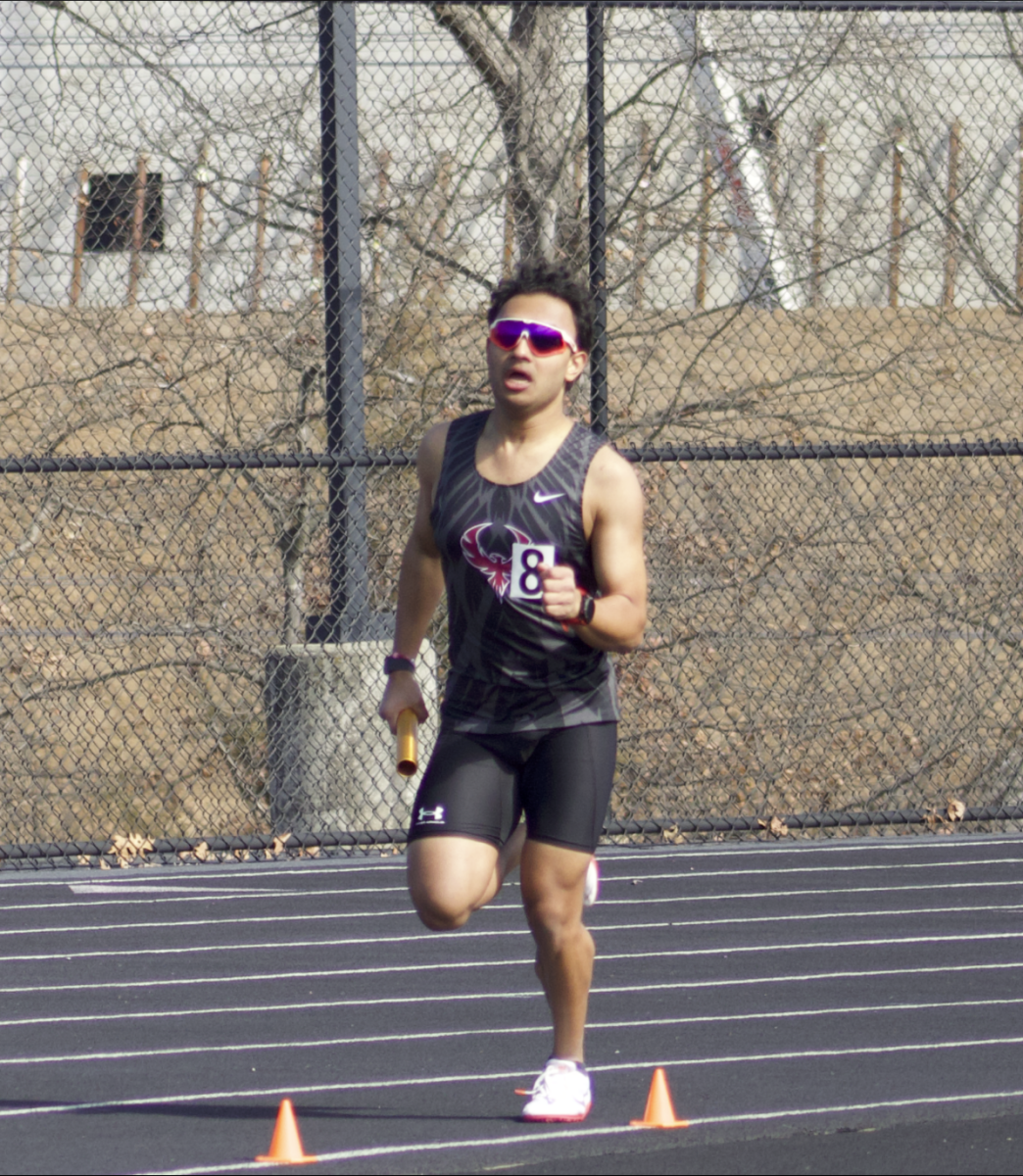
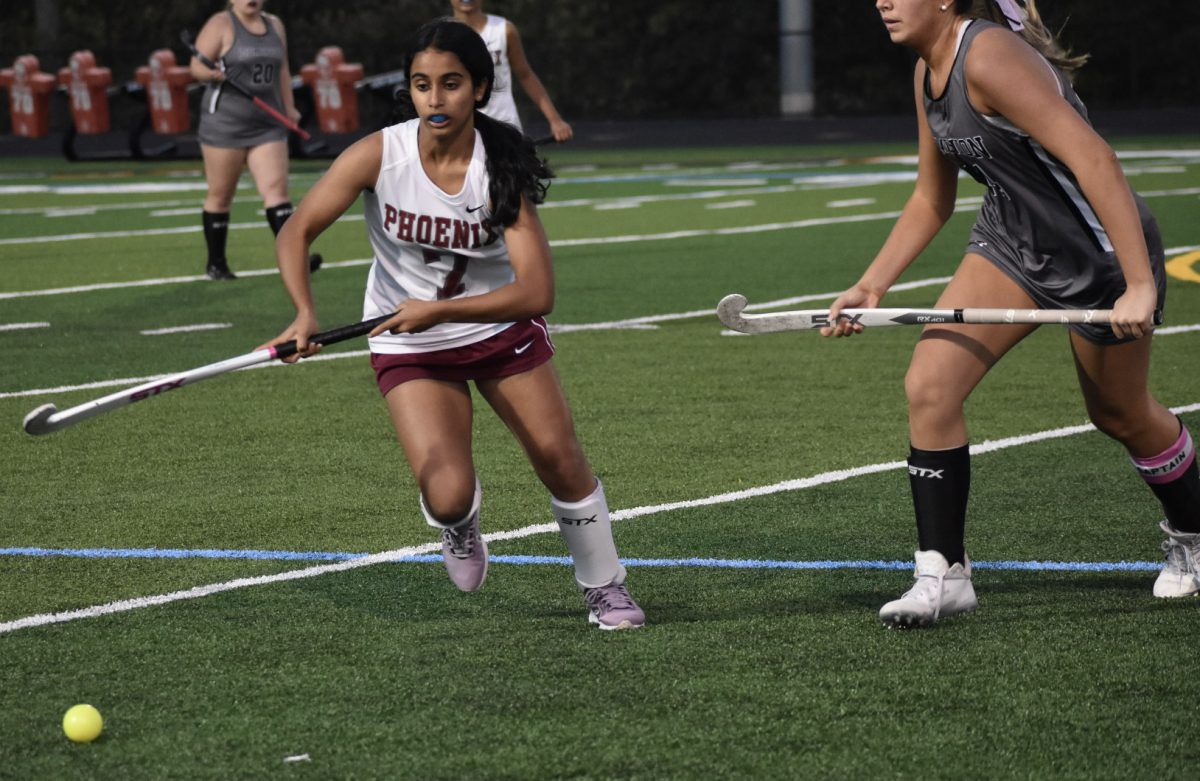
![The Phoenix varsity volleyball team lines up for the national anthem. “We were more communicative [with each other] during this game, and I feel like we kept our energy up, especially after the first set,” senior Jessica Valdov said.](https://theblazerrhs.com/wp-content/uploads/2024/10/DSC_0202-1200x800.jpg)

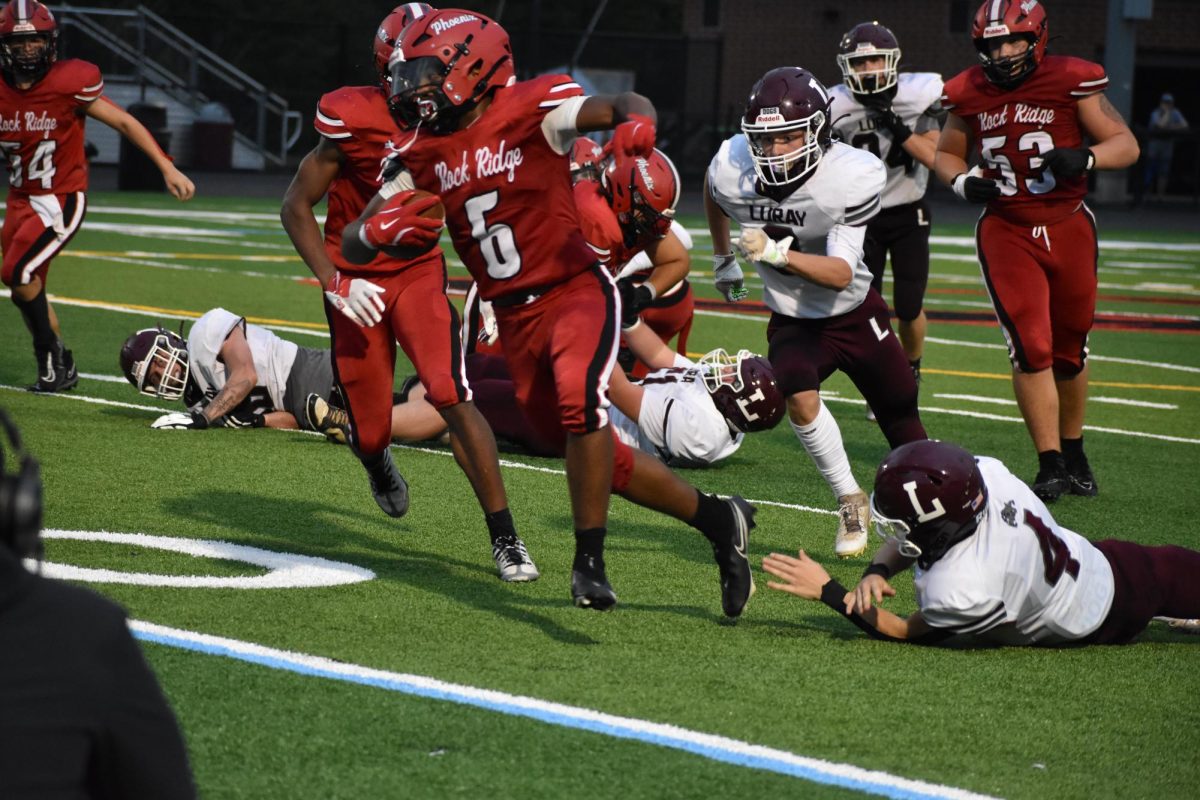
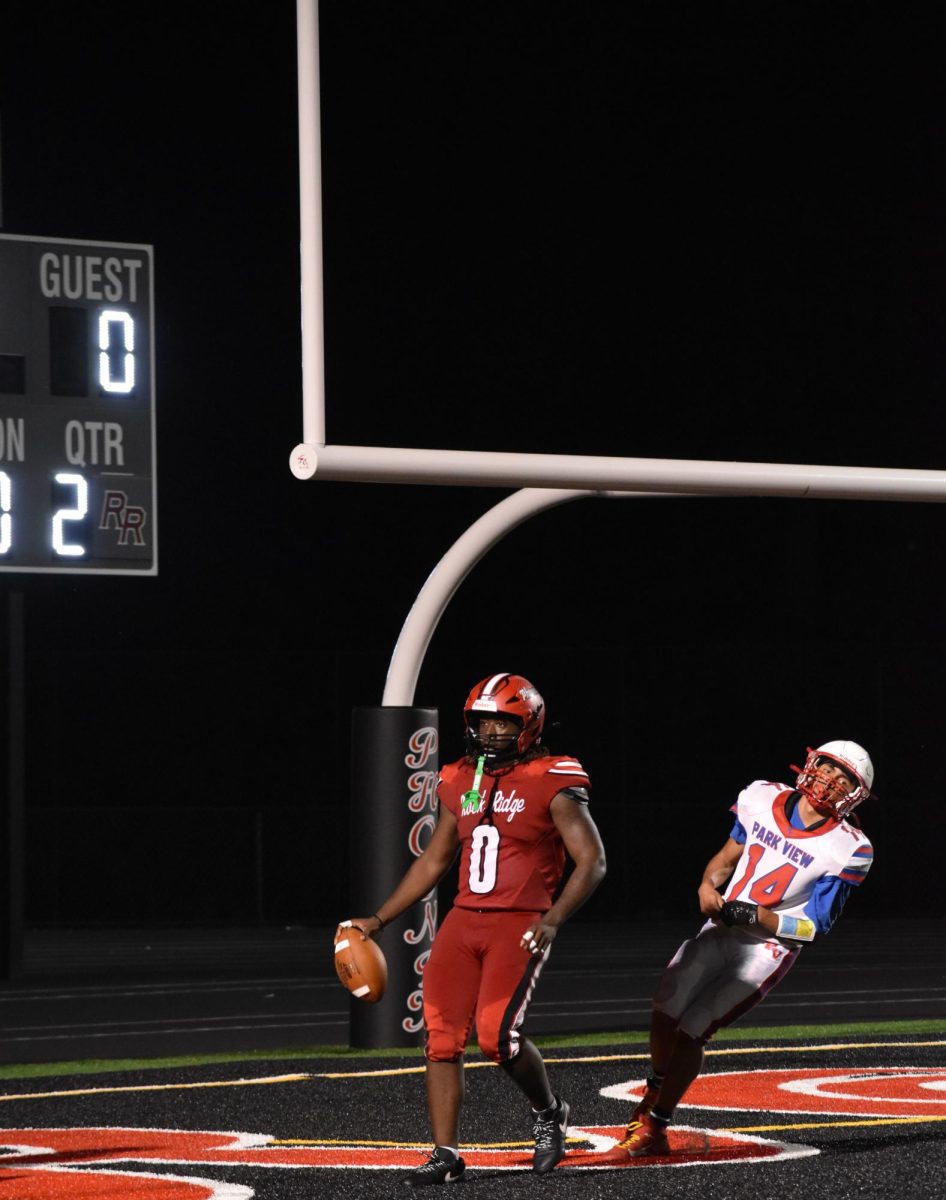
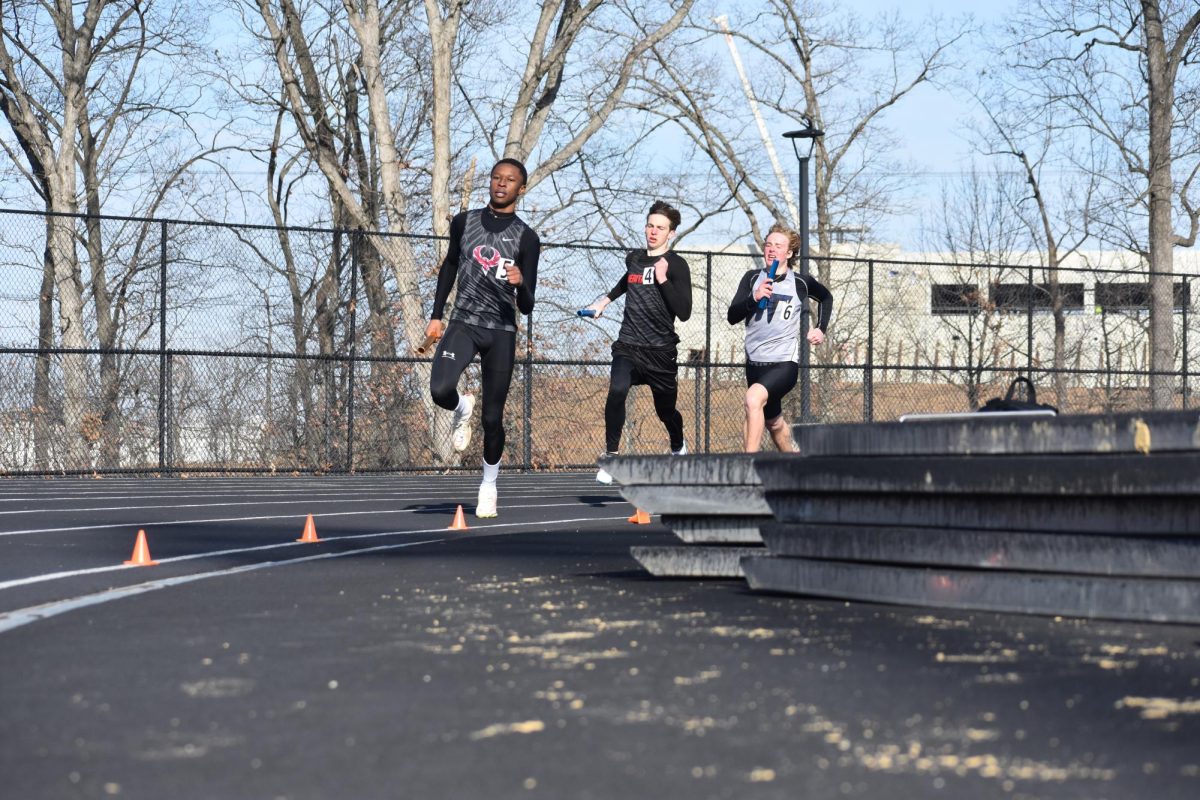
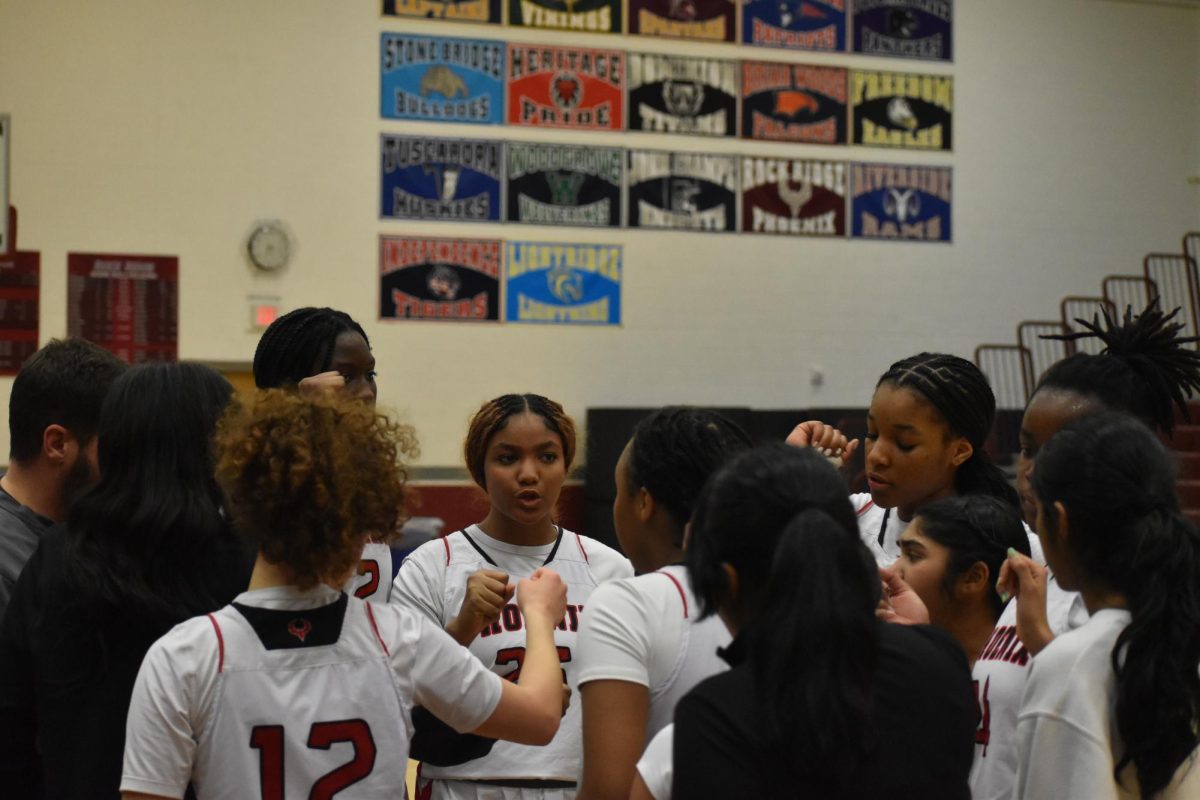
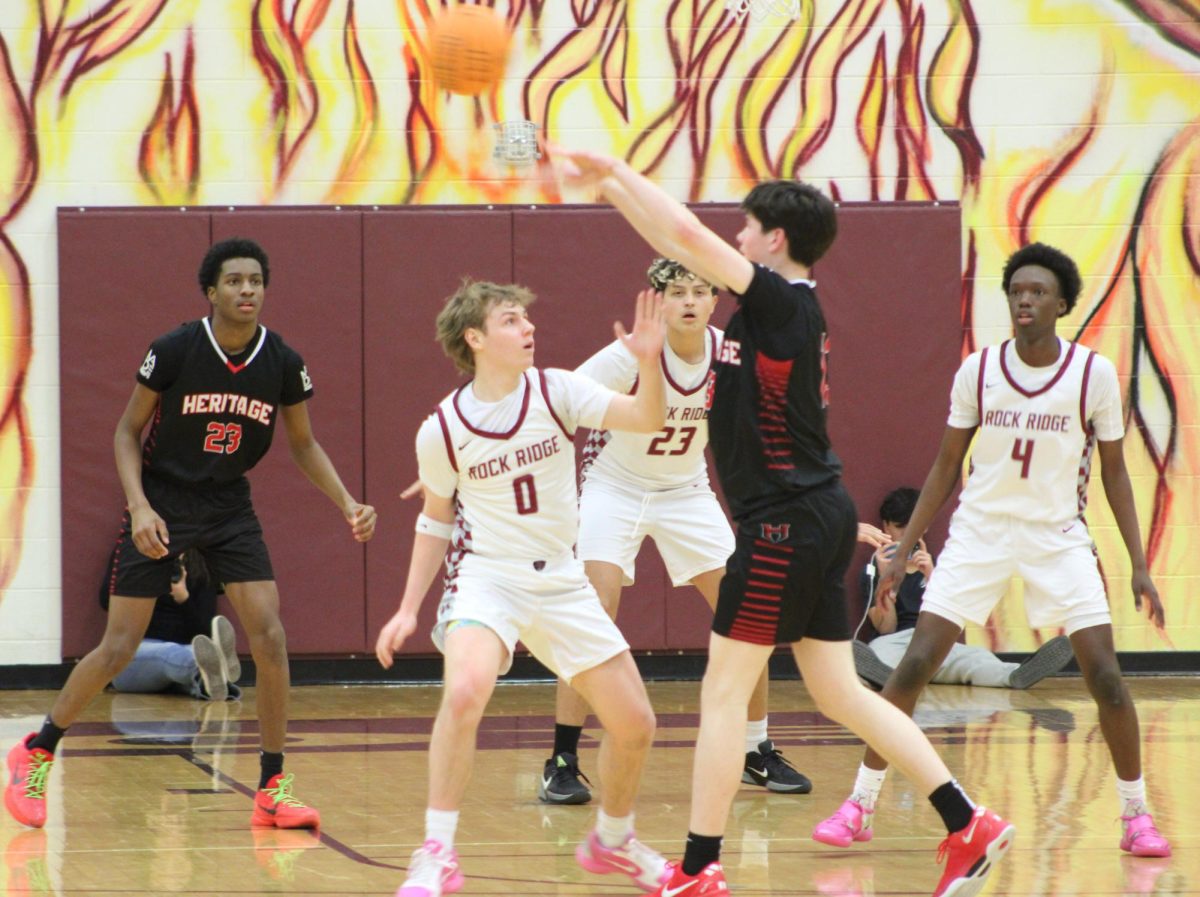
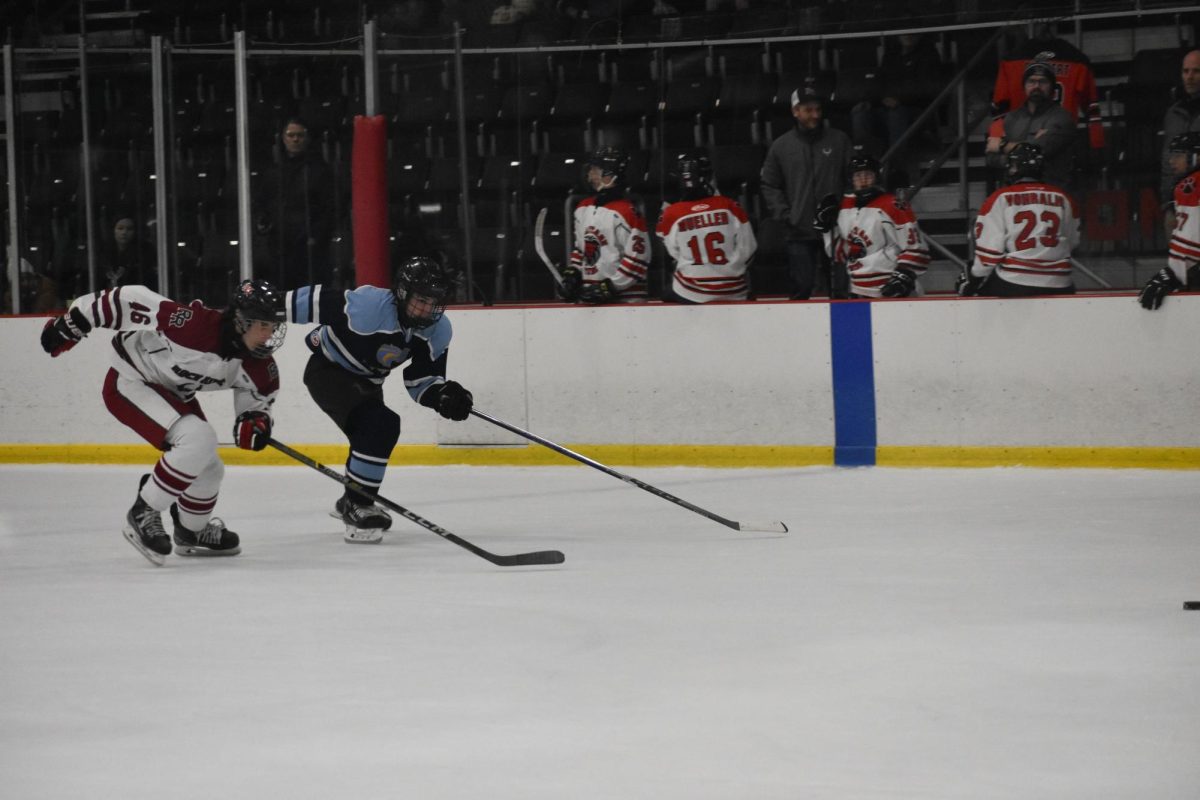
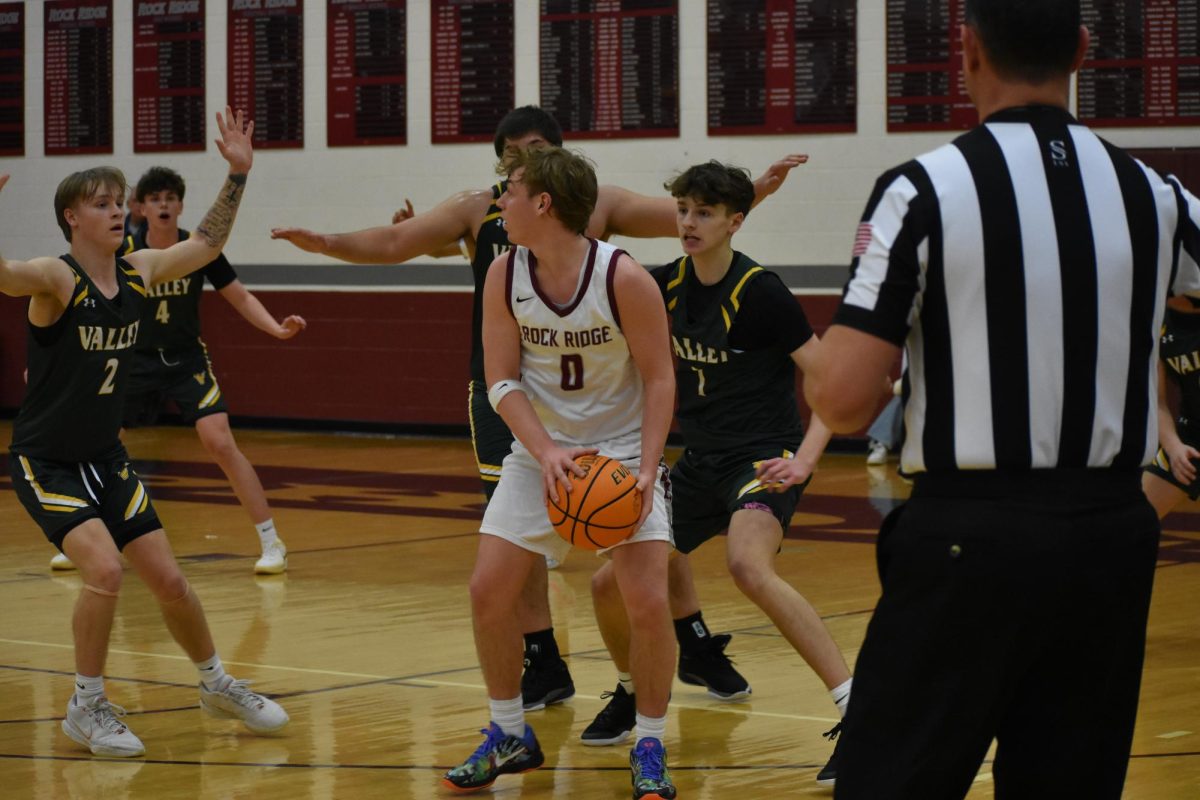
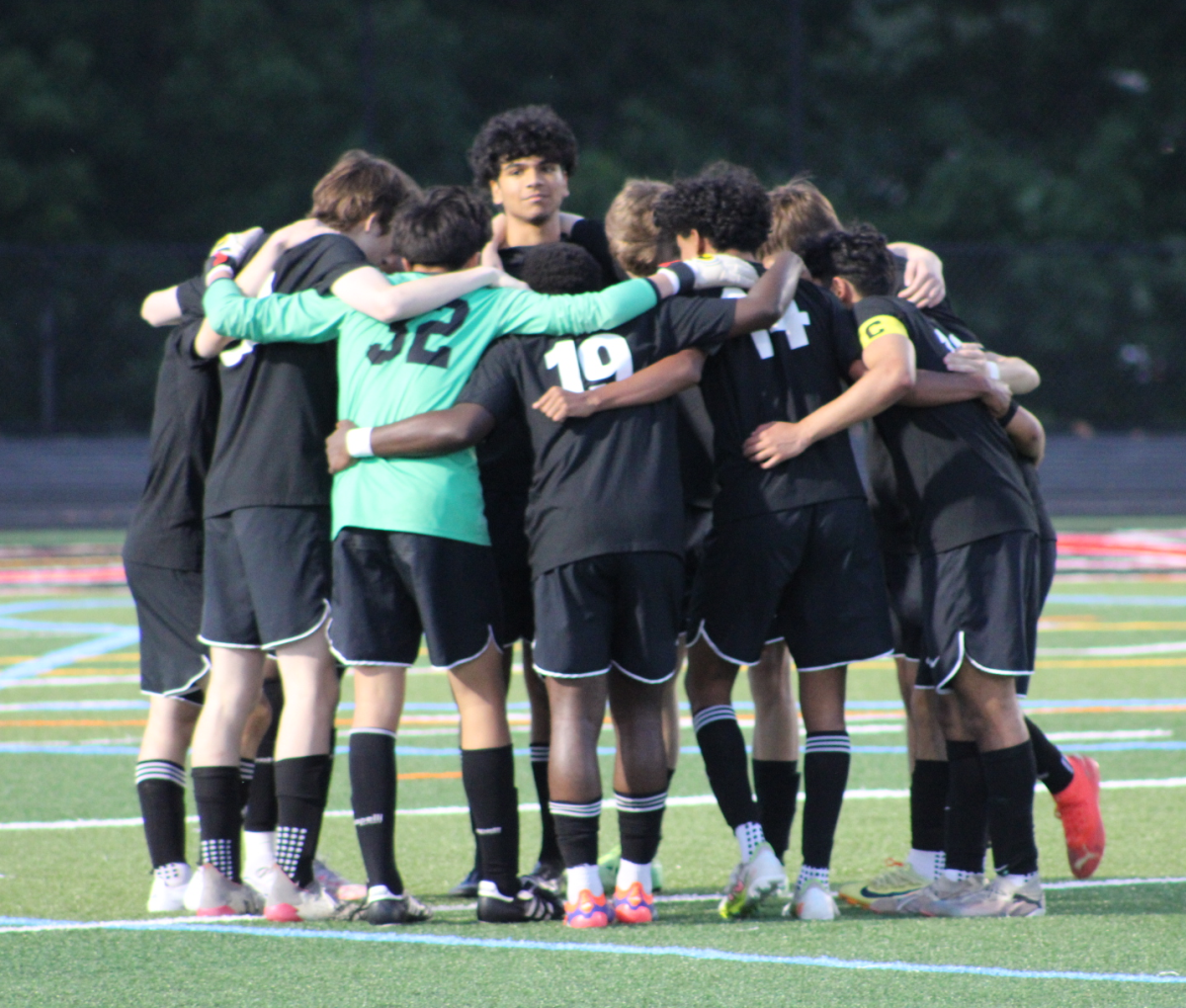
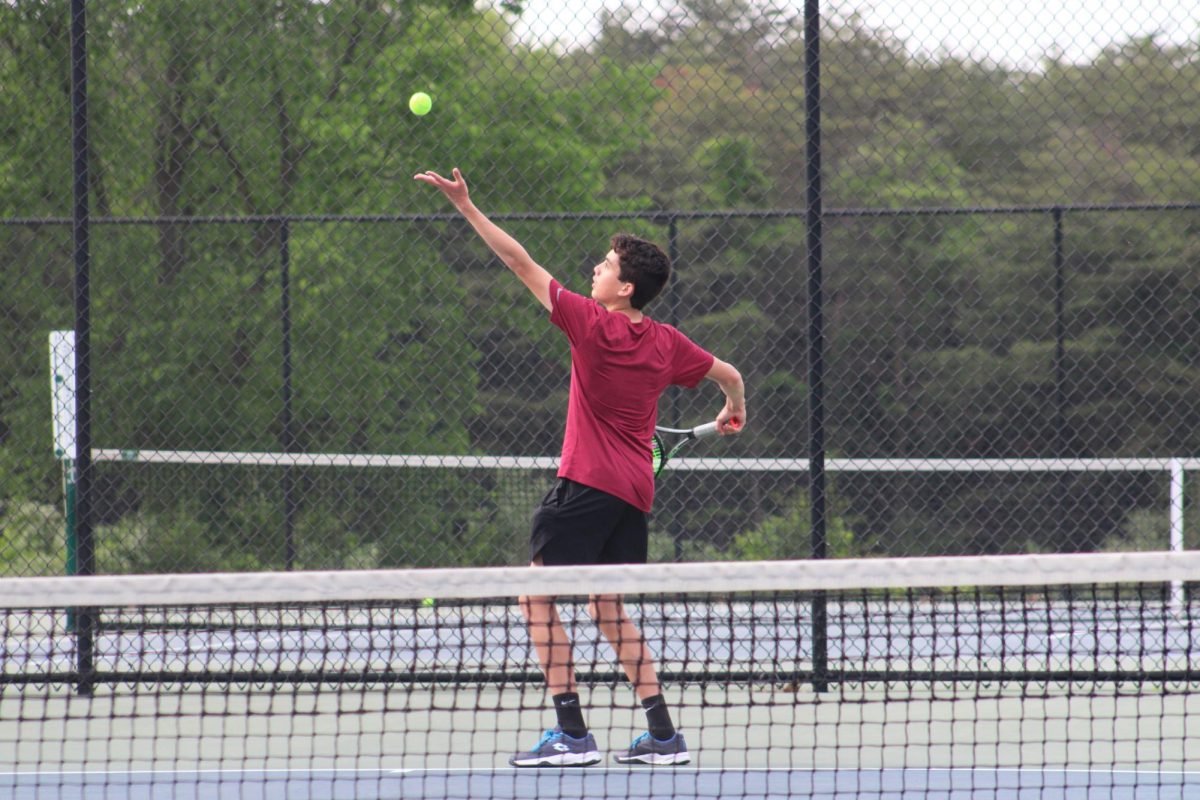
![Junior Alex Alkhal pitches the ball. “[I] just let it go and keep practicing so we can focus on our goal for the next game to get better as a team,” Alkhal said.](https://theblazerrhs.com/wp-content/uploads/2025/05/DSC_0013-1-1200x929.jpg)
